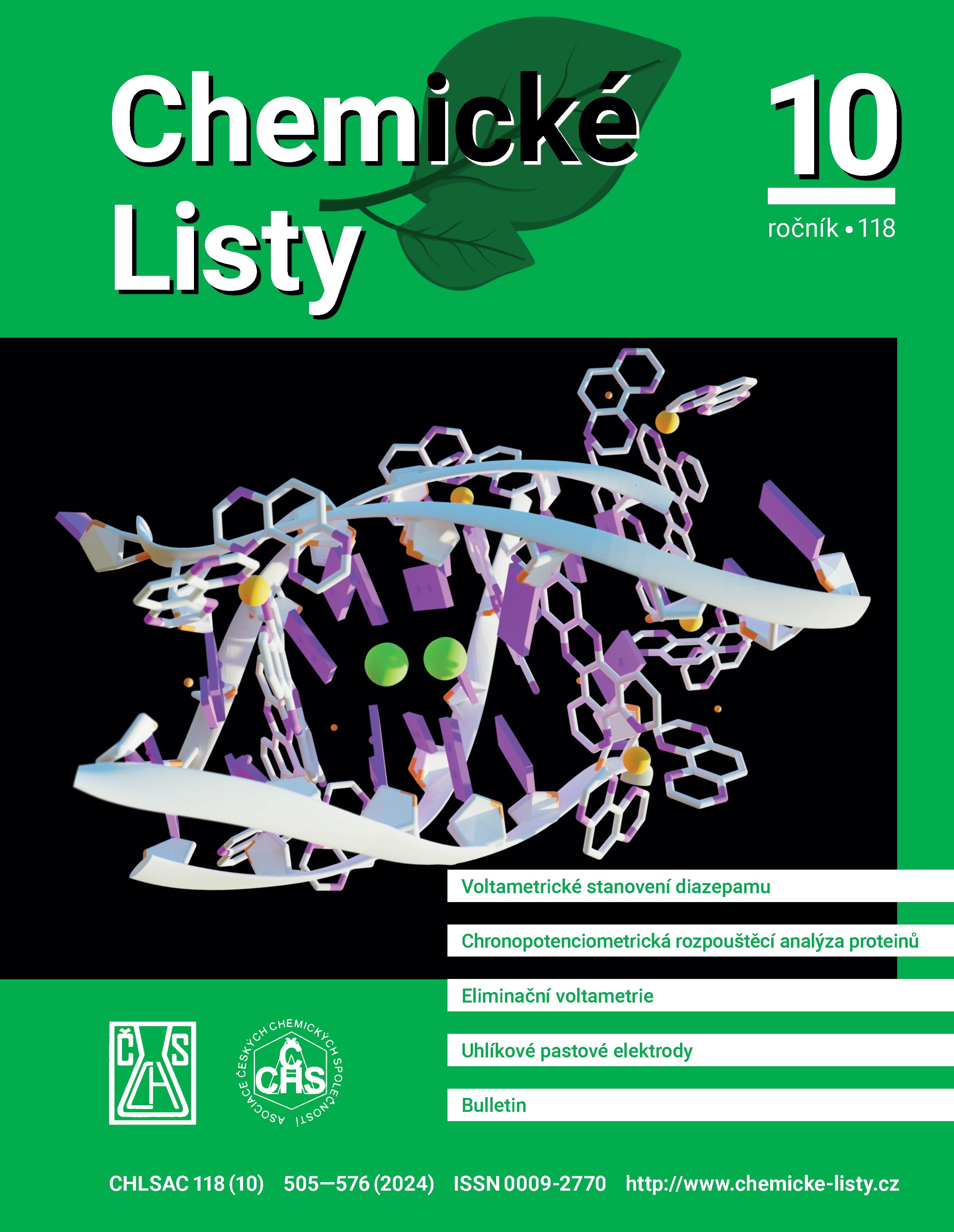An Overview of Biochar Utilization Strategies for Screen-Printed Electrochemical Sensors
Dedicated to Prof. RNDr. Jiří Barek on the 75ᵗʰ anniversary of his birth
DOI:
https://doi.org/10.54779/chl20240539Keywords:
biomass, biochar, screen-printed (bio)sensors, electroanalytical methodsAbstract
In this review, we address the utilization of biochar, a cost-effective material derived from renewable resources (biomass), for the construction of printable electrochemical devices. Key parameters influencing the final properties of biochar, including pyrolysis temperature, pyrolysis duration, heating rate, and activation treatments, are detailed. The role of biochar in the fabrication of electrochemical (bio)sensors is highlighted with emphasis on advancements in screen-printed electrochemical devices. Furthermore, this review showcases examples of using biochar in the construction of portable and flexible screen-printed electrodes, as well as humidity sensors. Future perspectives and challenges in the field of biochar-based electrochemical sensors and biosensors are also discussed, providing a comprehensive outlook on this promising area of research.





